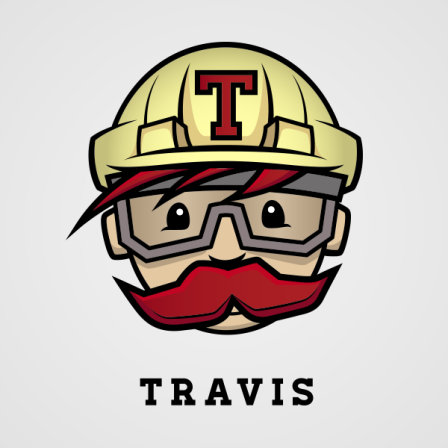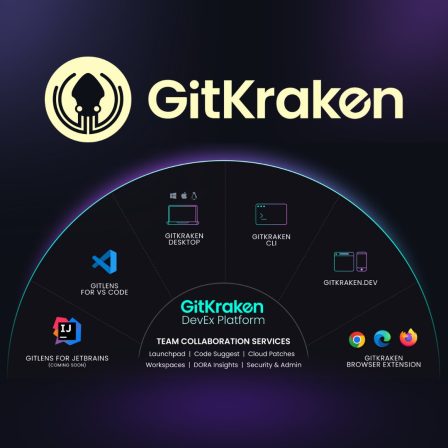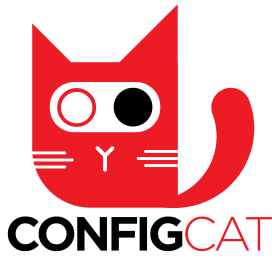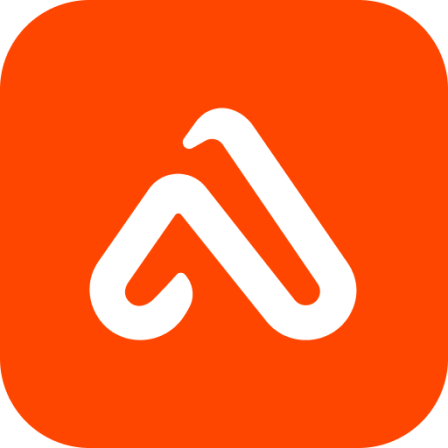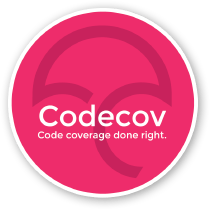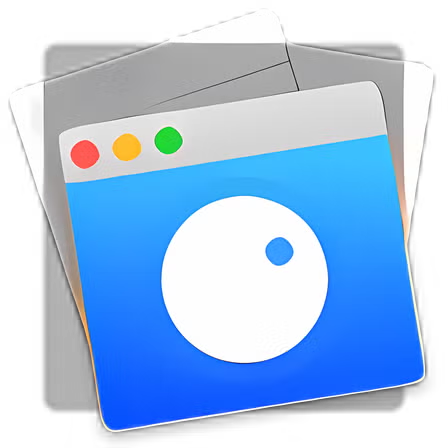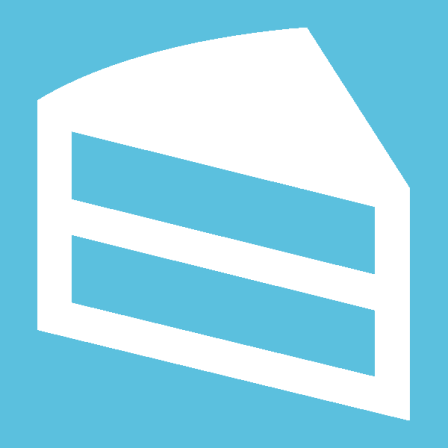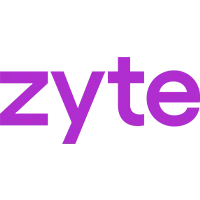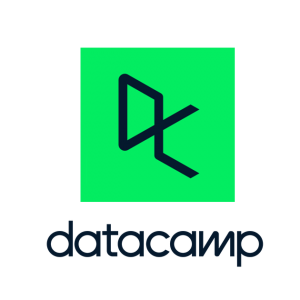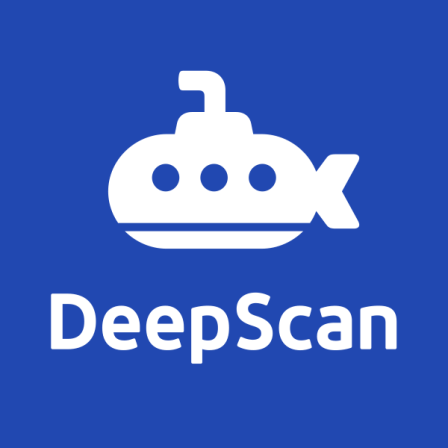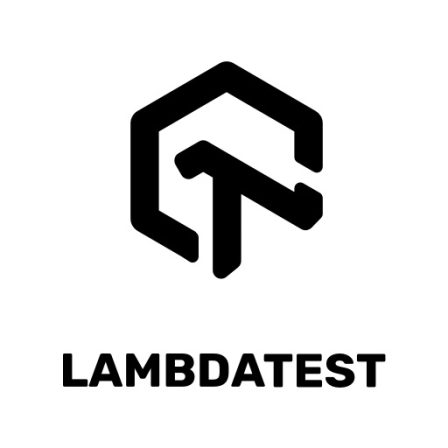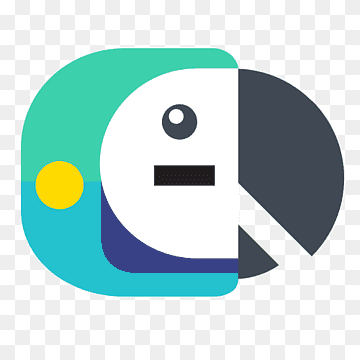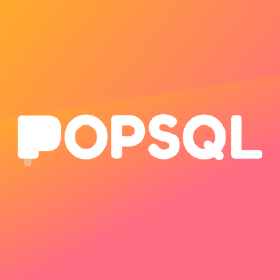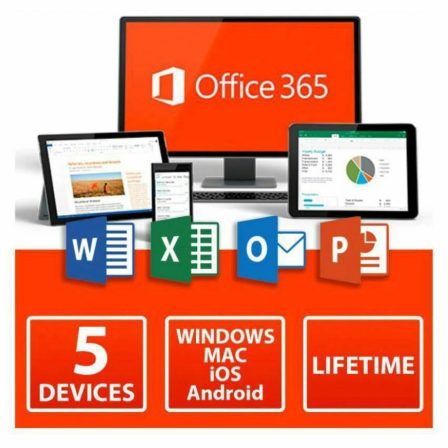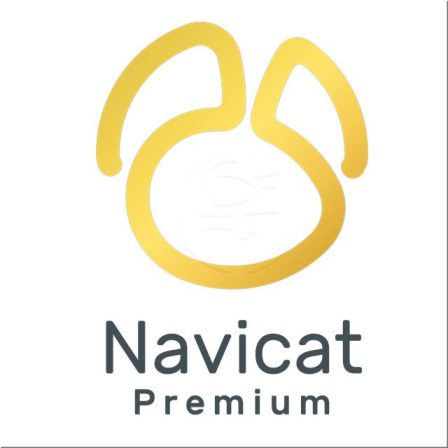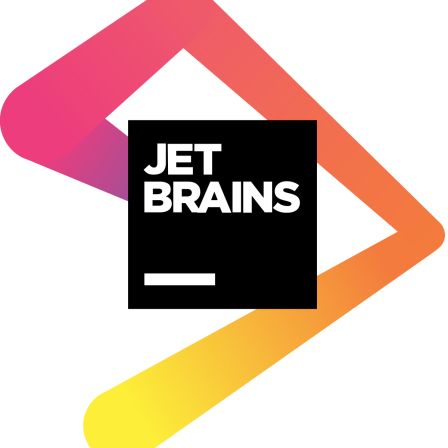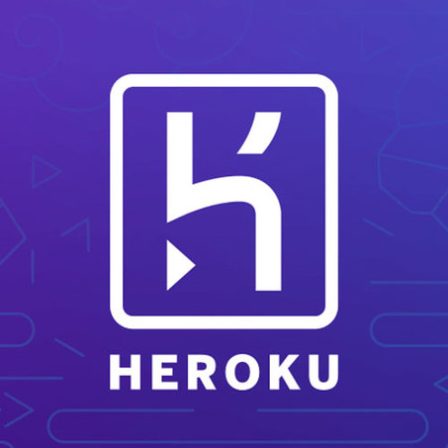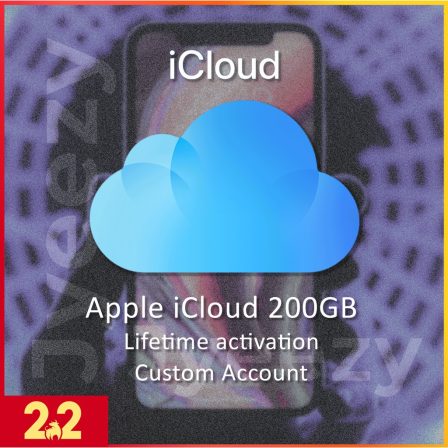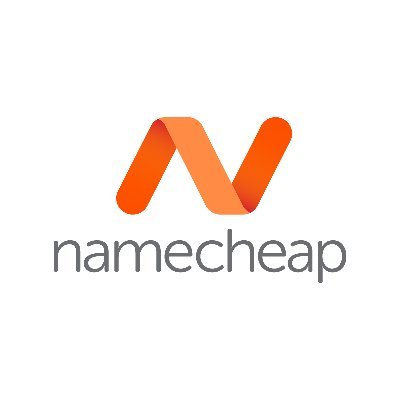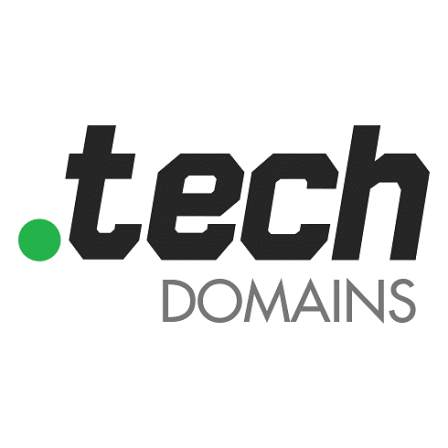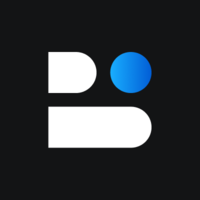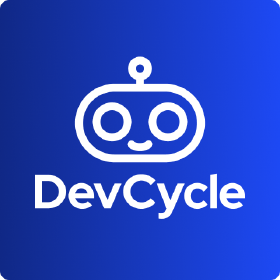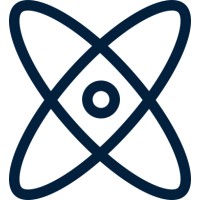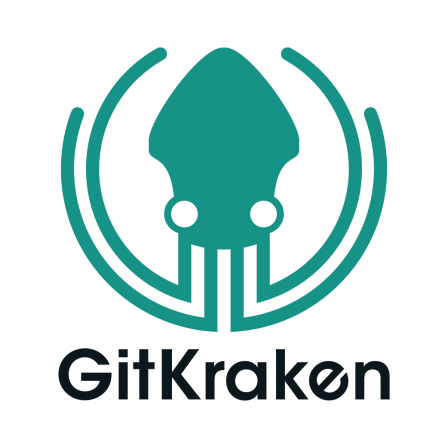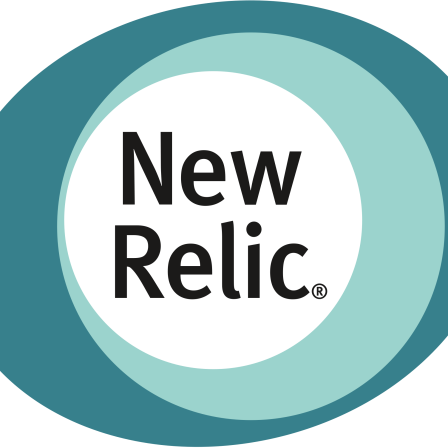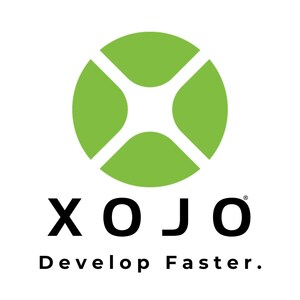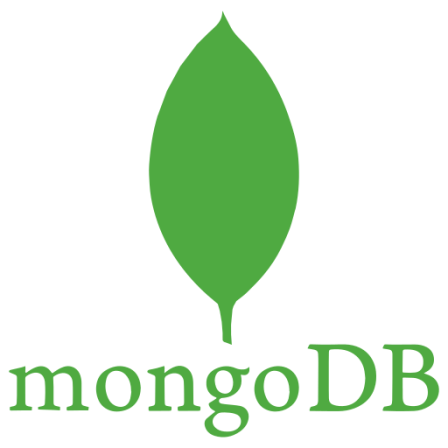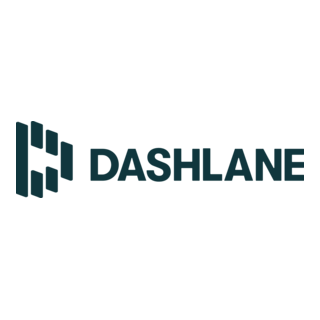There is no item in your cart
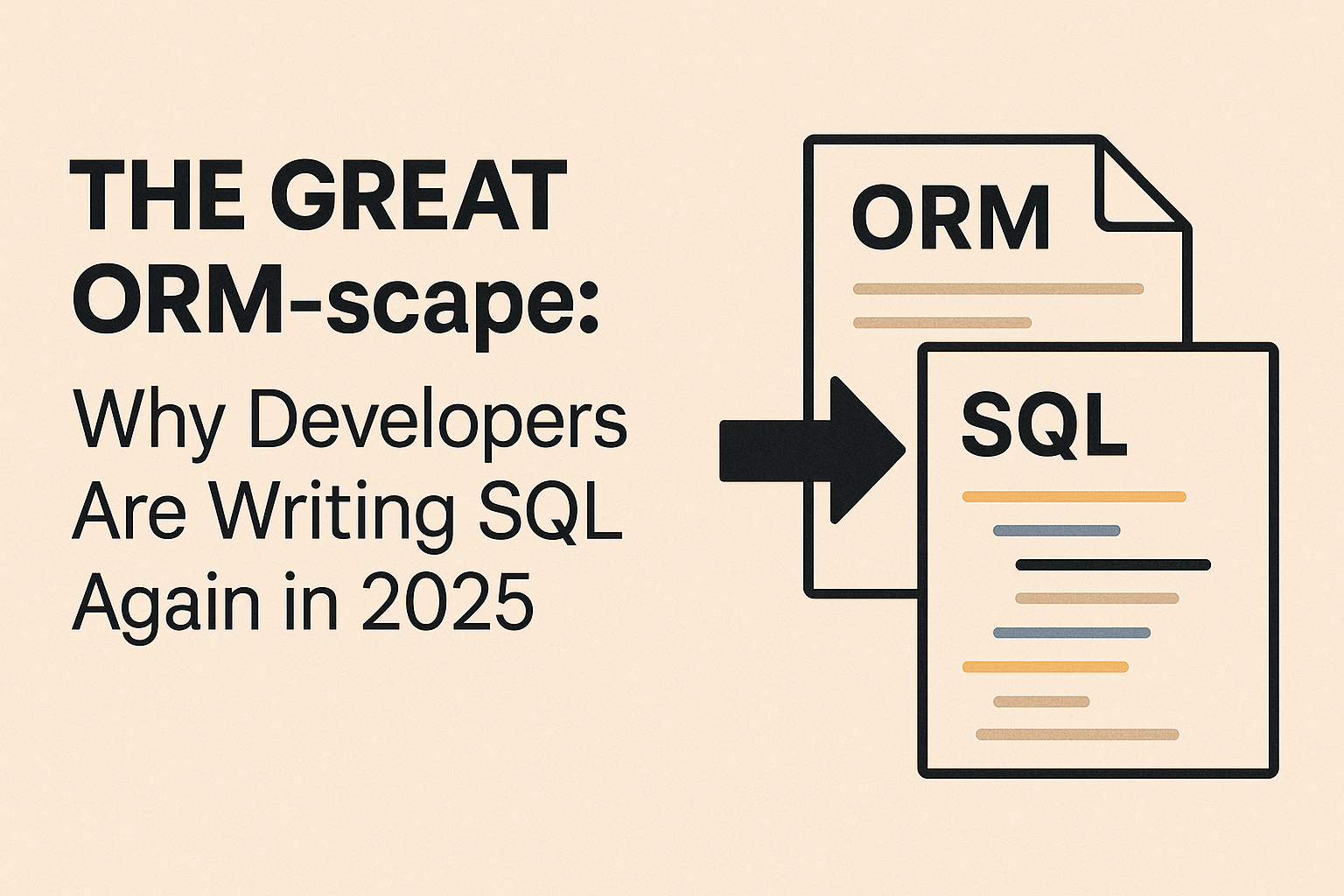
The Great ORM-scape: Why Developers Are Writing SQL Again in 2025
For over a decade, the promise of the ORM (Object-Relational Mapper) was clear: forget SQL, just work with objects. Tools like Hibernate, SQLAlchemy, and Prisma promised to abstract away the database, letting us interact with our data in our native programming language. But as applications grow in complexity, many developers are finding that the abstraction can be leaky, cumbersome, and sometimes, more complex than the SQL it was meant to replace.
Now, a powerful trend is emerging, championed by a new generation of tools. It’s not about abandoning the safety and convenience of modern development; it’s about embracing SQL again, but this time, with superpowers. Welcome to the era of Modern, Type-Safe SQL.
The Leaky Abstraction of Heavy ORMs
While ORMs are fantastic for simple CRUD operations, the pain points become clear with complex queries:
- Performance Mysteries: ORMs can generate inefficient, multi-join queries that are difficult to debug and optimize.
- Complex API Surface: Learning an ORM’s unique API for advanced features can be as challenging as learning SQL itself.
- “Fighting the ORM”: Many developers spend hours trying to figure out the “magic” method to generate the exact SQL query they could have written in two minutes.
The Modern SQL Toolkit: Writing SQL with Confidence
Instead of hiding SQL, modern tools embrace it and make it safer and more productive. Two main patterns are leading this charge:
- Type-Safe Query Builders (e.g., Kysely for TypeScript): These tools provide a fluent, code-based API for building SQL queries. The key difference is that they are fully type-aware. They connect to your database schema and provide full autocompletion and compile-time error checking. If you try to select a column that doesn’t exist or insert a string into an integer field, your code won’t even compile.
- Code Generation from SQL (e.g., SQLC for Go): This approach is even more direct. You write your queries in plain
.sqlfiles. Then, you run a command-line tool that analyzes your SQL and your schema, and automatically generates fully-typed, memory-safe functions and structs in your programming language. You get the raw power and performance of SQL, with the complete safety of a compiled language.
The Benefits of the “New Old” Way
- Absolute Control & Performance: You are in complete control of the exact SQL being executed. There’s no magic, which means you can easily optimize every query.
- Reduced Complexity: You only need to master two timeless skills: your programming language and standard SQL. No need to learn a third, complex ORM library.
- Supreme Readability: The SQL query, often the most critical part of your application’s logic, is no longer hidden. It’s right there in your codebase, clear and explicit.
- Compile-Time Safety: Modern tooling catches errors (typos, type mismatches) before your code ever runs, leading to more robust applications.
Conclusion
The conversation is shifting. It’s no longer about “ORM vs. No ORM,” but about choosing the right level of abstraction for the job. For many modern applications, a thin, type-safe layer over raw SQL provides the perfect balance of performance, control, and developer experience. It’s about making SQL a joy to write again.
Whether you’re crafting queries with a modern builder or using a powerful GUI, having the right tools is essential. A professional database client like [Navicat Premium] allows you to visually design schemas, test queries, and explore your data, perfectly complementing this modern SQL workflow. And for writing those queries, the database tools inside [JetBrains IDEs] provide best-in-class autocompletion and analysis. Find both at [SMONE] and rediscover the power and pleasure of SQL.
